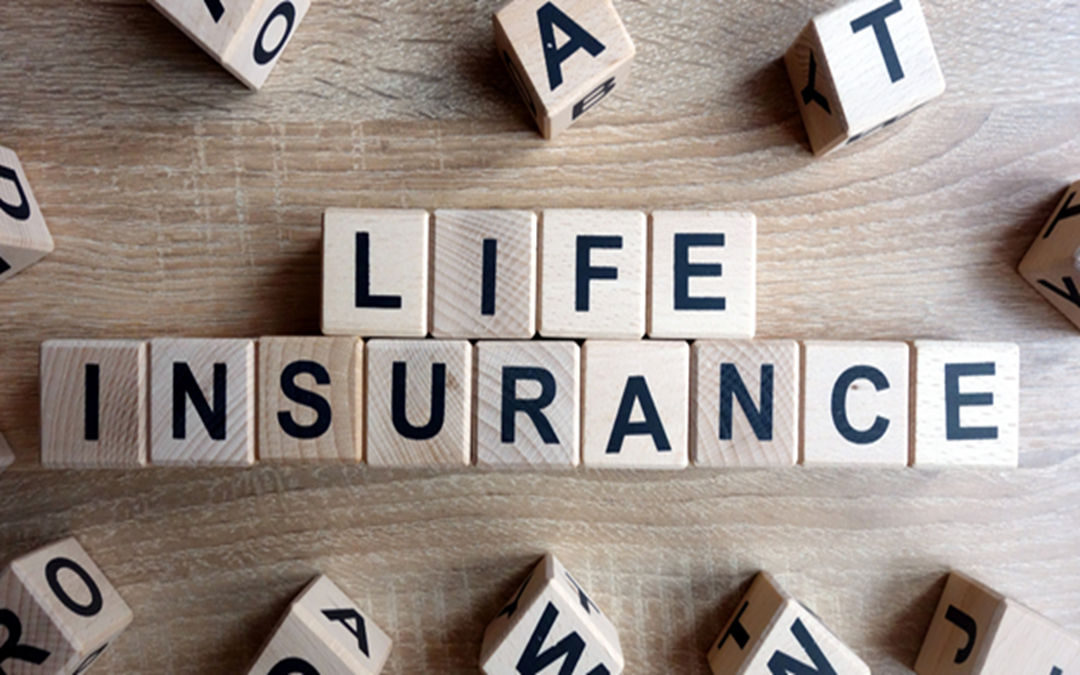Not known Incorrect Statements About Pacific Prime
Table of ContentsWhat Does Pacific Prime Do?Not known Facts About Pacific PrimeThe 8-Minute Rule for Pacific PrimeThe Main Principles Of Pacific Prime Some Ideas on Pacific Prime You Should Know

This is due to the fact that the information were accumulated for a period of solid financial performance. Of the estimated 42 million people that were uninsured, all but about 420,000 (regarding 1 percent) were under 65 years old, the age at which most Americans come to be qualified for Medicare; 32 million were grownups between ages 18 and 65, around 19 percent of all adults in this age team; and 10 million were kids under 18 years old, concerning 13.9 percent of all youngsters (Mills, 2000).
These quotes of the number of individuals without insurance are created from the yearly March Supplement to the Existing Population Study (CPS), conducted by the Demographics Bureau. Unless otherwise noted, nationwide price quotes of individuals without medical insurance and percentages of the populace with various kinds of protection are based upon the CPS, the most widely used source of price quotes of insurance coverage and uninsurance rates.
Some Of Pacific Prime

Still, the CPS is particularly helpful since it produces yearly price quotes reasonably rapidly, reporting the previous year's insurance coverage estimates each September, and since it is the basis for a consistent set of quotes for even more than two decades, enabling analysis of patterns in coverage over time. For these factors, in addition to the comprehensive use the CPS in various other researches of insurance protection that are offered in this record, we rely upon CPS price quotes, with restrictions kept in mind.

The price quote of the number of without insurance individuals increases when a population's insurance policy condition is tracked for numerous years. Over a three-year period starting early in 1993, 72 million individuals, 29 percent of the united state population, lacked protection for at the very least one month. Within a solitary year (1994 ), 53 million people experienced at the very least a month without insurance coverage (Bennefield, 1998a)
Six out of every ten without insurance grownups are themselves used. Although working does boost the probability that a person and one's relative will certainly have insurance coverage, it is not a guarantee. Even members of family members with two permanent breadwinner have almost a one-in-ten possibility of being uninsured (9.1 percent without insurance rate) (Hoffman and Pohl, 2000).
About Pacific Prime
New immigrants account for a considerable proportion of people without health insurance coverage. One analysis has attributed a considerable part of the recent growth in the size of the united state uninsured populace to immigrants that got here in the country between 1994 and 1998 (Camarota and Edwards, 2000). Recent immigrants (those that came to the United States within the past 4 years) do have a high rate of being without insurance (46 percent), yet they and their children account for just 6 percent of those without insurance policy across the country (Holahan et al., 2001).
The relationship between health insurance policy and accessibility to care is well developed, as recorded later in this chapter. The partnership between wellness insurance policy and health and wellness end results is neither straight neither easy, a substantial scientific and health services research study literature web links health and wellness insurance protection to better accessibility to care, better quality, and boosted individual and useful source populace health and wellness status.
Degrees of analysis for analyzing the effects of uninsurance. This conversation of medical insurance coverage concentrates mostly on the U.S. populace under age 65 since essentially all Americans 65 and older have Medicare or other public coverage. In addition, it focuses specifically on those with no medical insurance for any size of time.
The Of Pacific Prime
The problems encountered by the underinsured remain in some areas comparable to those encountered by the without insurance, although they are generally much less serious. international health insurance. Uninsurance and underinsurance, however, involve distinctly different policy issues, and the strategies for addressing them might vary. Throughout this study and the 5 records to comply with, the primary focus is on persons without medical insurance and hence no aid in paying for wellness treatment past what is offered with charity and safeguard institutions
Health insurance is a powerful element affecting invoice of treatment since both clients and physicians reply to the out-of-pocket cost of services - https://www.gaiaonline.com/profiles/pacificpr1me/46638741/. Wellness insurance policy, nonetheless, is neither essential neither adequate to access to medical solutions. The independent and direct effect of wellness insurance policy coverage on access to health solutions is well established.
Others will obtain the healthcare they require even without medical insurance, by paying for it expense or seeking it from suppliers who offer treatment cost-free or at very subsidized rates. For still others, wellness insurance alone does not make certain invoice of treatment due to other nonfinancial obstacles, such as an absence of healthcare service providers in their neighborhood, minimal access to transport, illiteracy, or etymological and cultural differences.
Getting The Pacific Prime To Work
Official research study concerning without insurance populations in the United States dates to the late 1920s and early 1930s when the Committee on the Cost of Treatment generated a collection of records concerning financing doctor workplace gos to and hospitalizations. This problem ended up being salient as the varieties of medically indigent climbed up throughout the Great Anxiety.